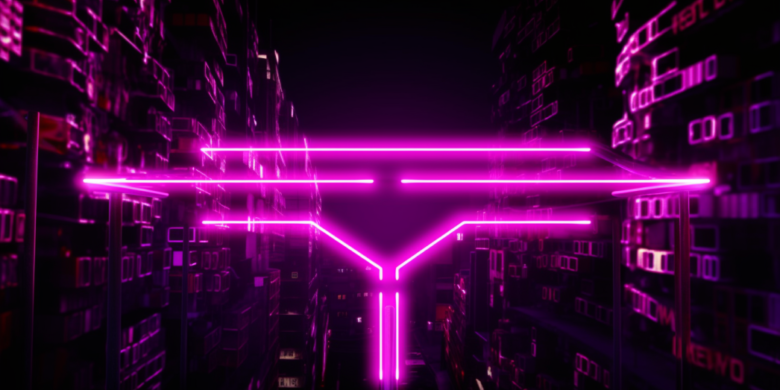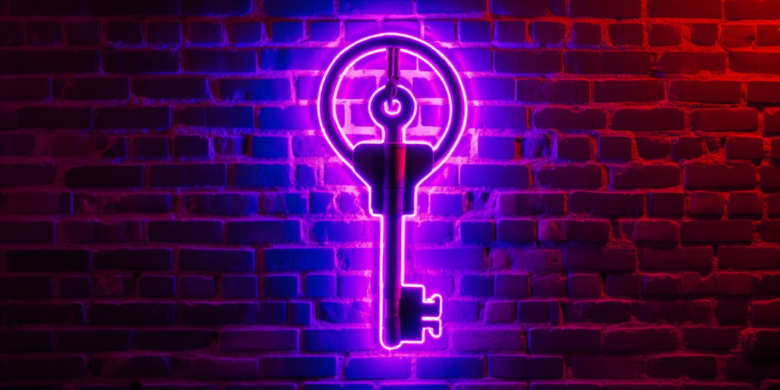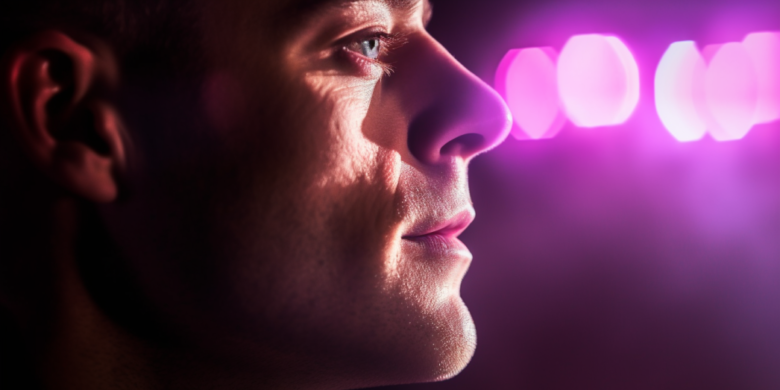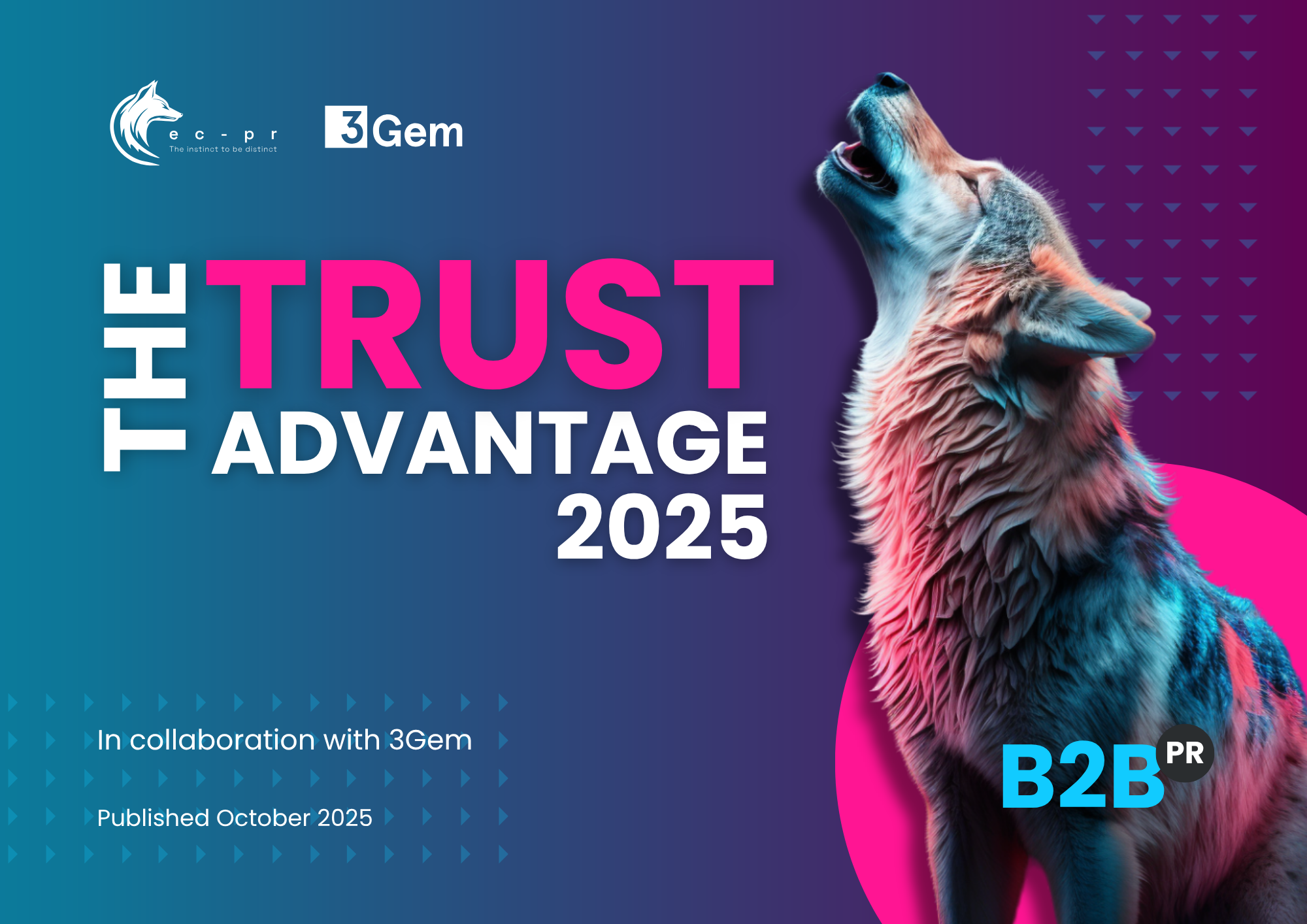
Using Midjourney AI Images Commercially – What You Need to Know
Midjourney is an amazing AI tool to create images, that bring your PR, content and comms to life, but if you want to use it commercially, then you need to understand the pros and cons.
Midjourney is quickly becoming one of the most popular AI tools for generating images amongst marketing communications agencies. It uses artificial intelligence to create images based on text prompts, and the outputs are quite often stunning! In fact, our dramatic home page visuals and all our brand images have been created using Midjourney. Its ability to create crisp and precise variations in response to a few words is staggering, and effortless once you get started, and, honestly, a lot of fun.
A lot less trawling through image libraries
As content creators and graphic designers know, you can spend much longer looking for the ‘right images’ in stock image libraries than it takes to lay out an article or graphic. AI solves the problem: you can specify exactly what you’re looking for, including lighting, style, position, size, orientation, colours, etc. You can even use the URL of an image to direct Midjourney towards your goal.
An AI output can look like a natural photograph, but the subject isn’t real. It is a trial-and-error process, but if you start with a good visual idea, you have a high chance of success.
Most PR people have a creative eye and should be able to master the basics quite quickly. There is no longer any good reason to send out dull, uninspiring images with press materials – however you need to be aware of any copyright implications.
Who owns the AI images you create?
With a paid subscription ($10 + VAT per month), you can create up to 200 images per month and use them commercially. This means you own the image as a file, but you do not own any copyright of the image, and you cannot, by law, copyright it. (Copyright law requires the work of a human author, so if your image has AI components alongside sufficient human authorship, you could argue a case for copyright, but let’s conclude that you don’t have copyright.)
For businesses, then, this situation poses questions. No copyright means no need to pay for a commercial use licence. Still, you can’t stop others from using your business images, AI-generated logo, or any other AI graphics. In a way, it is not dissimilar to purchasing a stock image for your content. That can also be used by another person who buys a commercial licence, but with AI, there is no charge.
In the course of creating content for a client for say an Executive Profiling programme you may want to ensure you include sufficient visual branding clues to discourage direct competitors from pinching your best ideas.

Midjourney images are public domain and cannot be deleted.
Because AI images do not have copyright, any image you create on Midjourney becomes public domain. It feeds back into the Midjourney engine and can be remixed, upscaled, etc., by other paying users.
This may be quite uncomfortable for commercial organisations. It may be that the risk of using a public domain image in your branding is too much, or you might think that the chances of your imagery being used by another brand is minuscule, especially as the quantity of AI imagery out there is growing exponentially. Or you may decide it’s fine for some media, but not others. E.g., it’s ok for social media posts, but not for your logo.
As with all AI tools, the artistic and business domains will likely change considerably because of them. So, what is the outlook regarding using AI image creation tools commercially?
Other implications of using AI images commercially
To consider this, we need to understand how AI tools work. Today’s artificial intelligence is based on a ‘multi-language model’. This means artificial intelligence can be trained to learn ANY LANGUAGE, by seeking out patterns and decoding them. It must consume a lot of data to be trained to learn a language effectively. The resulting AI can ‘understand’ spoken languages, mathematics formulae, musical notation, recorded songs, MRI scans, weather patterns, economic trends, Wi-Fi signals, visual images, people’s faces, people’s voices – the list is long!

Any image you create with AI is produced because the AI has already been trained by scraping billions of images from the internet, and been able to recreate them and process them, so that it can ‘understand the image language’, such as patterns of subjects, styles, and variations of media, like photography, artwork, cartoons, graphics etc. The AI can generate new images according to your subject and style instructions. This is where it becomes especially powerful in creating fantasy images because it can easily merge two entirely separate art domains – e.g., wildlife photography and futuristic background. You can even specify ‘in the style of [named artist]’, or ‘shot with [camera model]’.
What about an artist’s copyrighted images?
So far, AI tools are ‘trained’ by accessing images on the web free of charge, including data-mining images that may have already been created and copyrighted painstakingly by the artists. Humans have always been able to consume and be influenced by other artists, but an AI can do it ‘effortlessly’ in seconds, whereas humans may take years to develop new ideas and skills.
A production line of custom art
Consequently, an AI can undermine photographers and digital artists because anyone can now ‘rip off’ their work and create a unique image in the same style, indeed very close versions, undetectable to anyone but the named artists themselves. The difficulty for artists is, not only is their work reduced to collateral in a melting pot of all imagery on the web, free food for the AI; the outcome is that their work loses value, as there is no need to commission or purchase an original when you can create your own in seconds.
And yet, the AI-generated image is unique, because the idea came from the user’s text prompts, not the original artist. It isn’t straightforward online theft or forgery. AI image creation makes a production line of custom art. This is massively freeing and exciting for ordinary people who can now create stunning visuals to their precise requirements, but it also leaves skilled artists in a bind.

The UK Data Mining Exception
As ever, governments struggle to legislate the Internet, and although there are already millions of registered users of AI tools, after six years of AI policy-making work, regulation is missing.
“Business needs a clear central oversight and compliance mechanism, not a patchwork of regulation”
In the UK, MPs are lobbying the Government to enforce some regulation of tech companies around the many potential misuses of AI. Still, so far, the Government has not gone far enough to address concerns.
Remarkably, data mining, or scraping images to train AI bots is not regulated. In the UK, the Intellectual Property Office has proposed to make a copyright exception for AIs to mine the data of creative artists, much to the dismay of creators. How do they exercise their rights to grant or refuse tech companies access to their works? Hasn’t the horse already bolted?
Already in the USA, there are court cases underway from copyright owners, such as Getty Images, who are suing tech companies for violating intellectual property rights, because AIs access and use copyrighted images without permission.
Copyrighting a style?
Meanwhile, digital artists, without the ability to fund lawyer fees, are experiencing the downsides of losing work and income to the tech companies developing artificial intelligence tools. This article by Art News summarises the realities for digital artists and the difficulties of the case against the tech companies succinctly:
“In effect, the artists and their lawyers are trying to establish copyright over style, something that has never before been legally protected.”
Commercial considerations ahead of legislation
All of this is not to say that we should not be utilising the positives of AI, and how quickly it can do jobs that otherwise would be time-consuming and expensive. Still, you need to know that your AI images can be used by others, and there are negative consequences; how far-reaching we don’t yet know, of how AI will jeopardise the creative career and the future of human creative output.
Ultimately, we need a firm regulatory framework to protect artistic endeavour while promoting innovation. Otherwise, businesses are faced with a moral choice, not just a commercial one, of how to protect people as well as use the benefits of technology.
P.S. Can you guess?
Which of the pictures on this page does not feature an AI generated image?
(If you need a clue… Midjourney does not process requests for text within images yet. If you ask for certain words within your image, there is minimal chance of success.)

The Trust Advantage
What really makes buyers say yes?
Half of B2B decision-makers rank trust above price, innovation and delivery.
Get The Trust Advantage report and stop trust gaps from costing you deals.
Our insights

The Trust Advantage
What really makes buyers say yes?
Half of B2B decision-makers rank trust above price, innovation and delivery.
Get The Trust Advantage report and stop trust gaps from costing you deals.
Subscribe to our updates
Stay up to date with the latest insights, case studies and PR guides.

